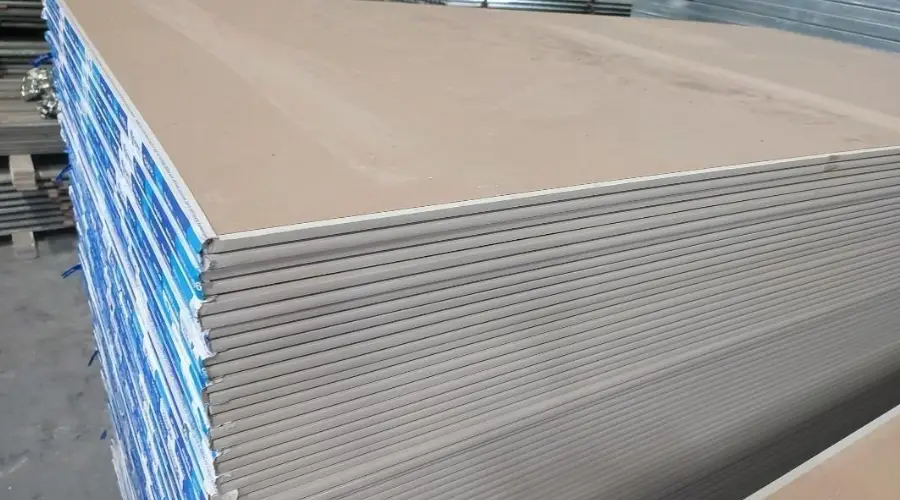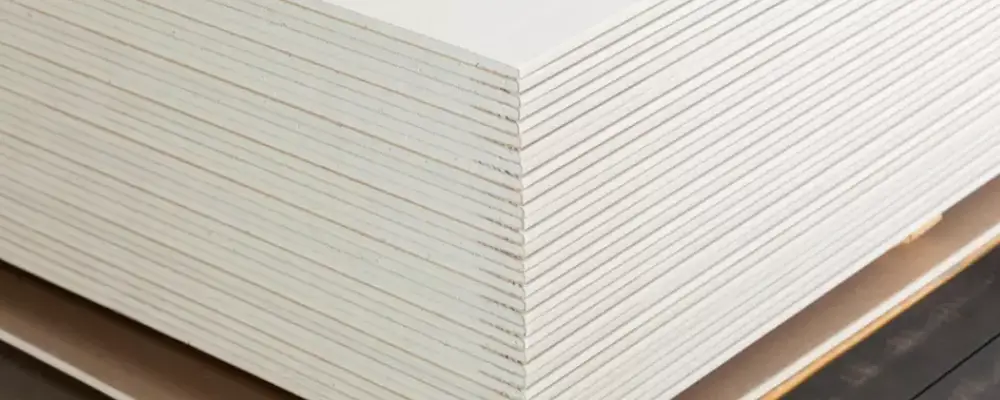Have you ever questioned what lies concealed behind the smooth, immaculate walls of modern interiors? More is hidden than meets the eye symphony of strength, style, and smart design. Among the quiet innovations transforming interiors, gypsum board walls stand out as one of the industry’s best-kept secrets. Whether you’re renovating, designing, or simply curious, gypsum boards are redefining how we think about building and beautifying our spaces.
What are Gypsum Board Walls?
Gypsum board walls are those with gypsum interior panels with paper on either side. The gypsum finds the official term in the name calcium sulfate dihydrate. The possibilities are endless in terms of installations or sometimes composition. It is largely used in construction nowadays, for walls and ceilings, because it is easy to install, versatile, and gives a pleasant finish.
Gypsum board walls are faster to install than lath and plaster. Drywall generally comprises the finishing layer for wall faces. Drywall fastened to either wooden or metal studs is jointed using jointing compounds to produce a smooth finish ready for paint.
Benefits of Gypsum Board Walls
- Easy Installation: Being light weight, gypsum boards are easy to cut, screw, or nail. So they contribute a lot to speeding up the construction work as compared to all other traditional methods.
- Cost-Effective: They are supposed to be affordable in terms of both material and labour. Being fast to erect, they can cut down considerably in total construction time and costs.
- Fire Resistance: Gypsum contains water naturally in its mineral structure, and during a fire, it releases that water as steam, hindering the spread of flames.
- Sound Insulation: With suitable insulation and proper framing, gypsum board walls give considerable results in averting noise transfer.
- Aesthetic Versatility: They can be painted or papered, or given some texture finishes according to the interior concept.
- Sustainability: Gypsum is a recyclable material, and many current gypsum boards are made from recycled content-aiding green building.
Applications of Gypsum Board Walls
- Interior Partition Walls: The walls are used as a partition to lock out the accommodation of an office or two.
- Ceilings: The board walls are made smooth, and also paintable, and they are used for ceilings.
- Wall Linings: While renovating, these boards are fixed on existing walls.
- Firewalls: These walls are fire-resistant and are employed for fire-rated assemblies in multi-family housing and commercial buildings.
- Moisture Kitchen Areas: These boards are in moisture areas; kitchens, bathrooms, and basements are a good example.
Types of Gypsum Boards
Regular Plasterboard

Regular plasterboard is the standard gypsum board in dry environments used for most interior walls and ceilings. These are affordable, easy to install, and arrive with a variety of thicknesses (usually 9mm, 12.5mm, and 15mm) and edge types (square, tapered, bevelled) for general purpose applications.
Water Resistant Gypsum Board
Water-resistant gypsum board is appropriate for the moist conditions of kitchens and bathrooms. It is treated with moisture repellent additives to guard against mould and deterioration, but it should not be subjected directly to the whims of water. It comes in 12.5 mm and 15 mm thicknesses.
Fire-Resistant Gypsum Board
Fire-resistant boards are fortified with fire-retardant materials and glass fibres that offer up to 180-minute fire protection. They are suitable where more fireproofing is required, stairwells and corridors in multi-family buildings being some such cases.
Installation Process of Gypsum Board Walls
Installation of gypsum board walls should be carried out systematically on account of stability, smooth finishes, and performance for a lifetime. The major steps are as follows:
Wall Control
The layout marking is the first step, wherein the information is taken from the architectural drawings. This includes marking the exact locations of the partition walls, doors, and openings. Since absolute measurement against marking with reference to a set datum are paramount at this stage to structural accuracy, the process of marking must be carried out with due care.
Preparation of Metal Profiles
Preparation of galvanised steel profiles, the usual U-tracks and C-studs, is done. These metal frames act as the base of the wall. They are cut to the heights of the room and depending on the given spacing requirement-mostly at 400 or 600 mm.
Fixing Profiles
Appropriate fasteners are used to fix the U-tracks to the floor and ceiling. Vertical C-studs are then dropped into the tracks and secured. This framework will hold the gypsum boards.
Fixing the Brackets
To improve the rigidity of the frame, brackets and staples may be applied, especially for tall or load-bearing partitions. This ensures that the alignment of the wall is maintained and that deformation will be avoided with time.
Installation and Insulation
If thermal or acoustic insulation is to be provided, materials such as mineral wool or foam boards are inserted between the metal studs before boarding.
Plasterboard Screwing
The boards are then cut to fit in with the metal frames and secured with drywall screws. Joints are staggered, and a slight gap is left between the floor and the board edges to avoid moisture attacks.
Coating and Finishing Surface
Compound will be spread around the seams, the heads of the screws, and all corners. These joints will be tape-reinforced. Then, upon drying, the whole surface will be sanded to a smooth finish and ready for paint or any decorative treatments.
Conclusion
Gypsum board walls are the fastest, most efficient, and durable options, providing a good finish in modern architecture. Their versatility, fire resistance, ease of installation, and sustainability stand out to be a viable alternative for residential and commercial use. One will observe gypsum plasterboards polishing interior design quickly and with quality-for partitions, ceilings, and even in wet areas.

